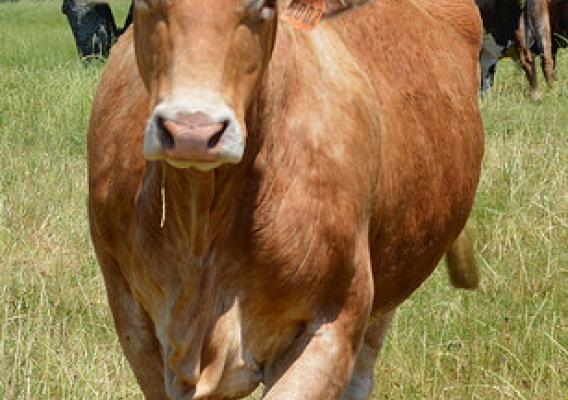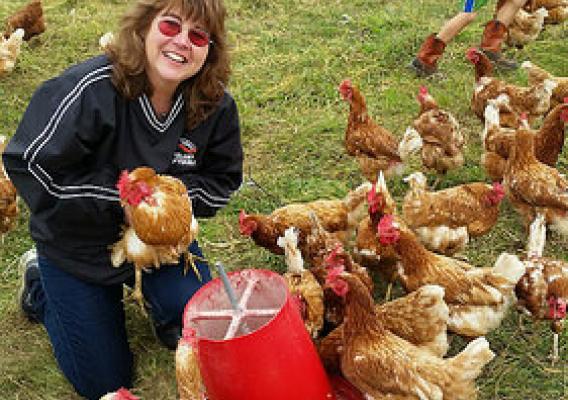From the field to the fork, we need diversity in agriculture. I’m proud to say that here at USDA, we are doing our part to make sure young people have access to the wide array of opportunities available. Over the next five years, we can expect to see an average of 57,900 jobs become available annually in food, agriculture, renewable natural resources and the environment. However, only 35,400 students will graduate with the specialized degrees and expertise to fill those jobs, leaving 39 percent to be filled by young people with talent in other areas. We need to expand the talent pool and change the dialogue to show agriculture as an attractive, meaningful career path.
Recently, I had the pleasure of participating in a roundtable discussion with leaders from industry, higher education, and the nonprofit sector to share best practices on how we can come together to grow a diverse pipeline of talent for U.S. agriculture. Together, we were able to discuss what’s working, and where we can improve to create opportunities for young people of all backgrounds to ultimately strengthen the ag workforce.










